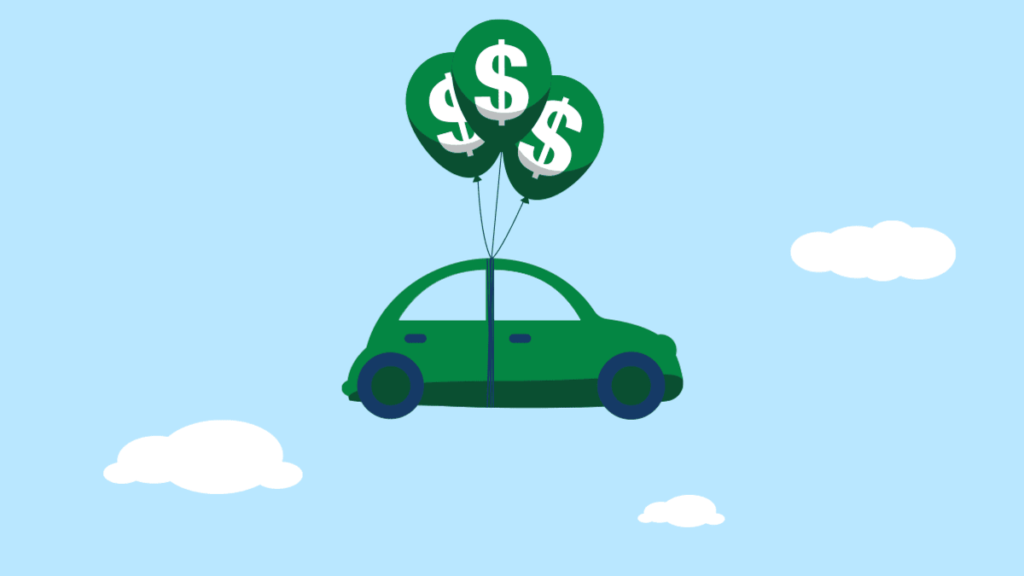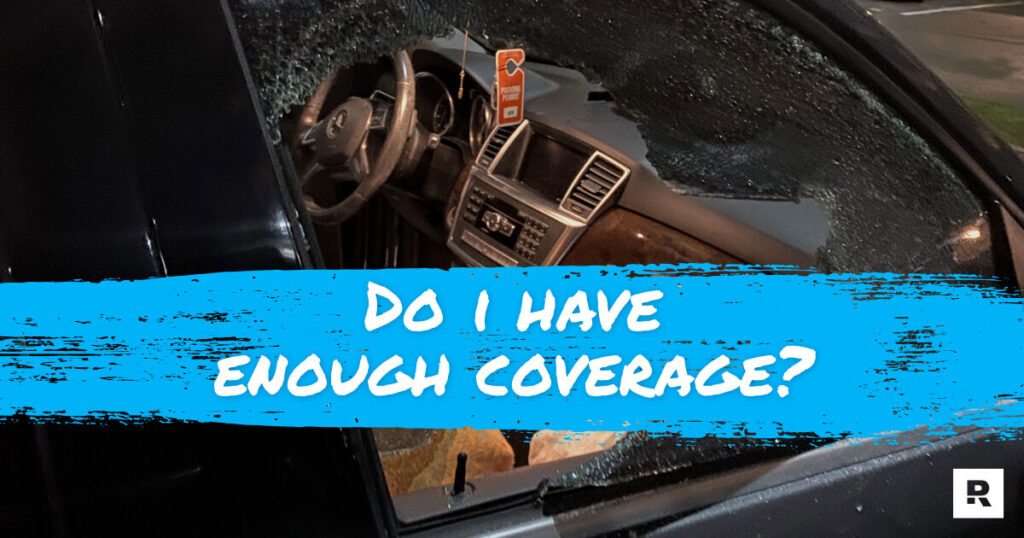5 Ways to Keep Your Car Insurance Costs Down

After a Covid-related decline, many Americans are facing rising rates for car insurance this year. But there are steps you can take to keep your own costs down.. In 2020, premiums fell an average of 4 percent as the Covid-19 pandemic kept many Americans at home. But in 2021, drivers returned to the roads, pushing up premiums by 3 percent to an average $1,529, according to a new study by The Zebra, an insurance comparison site. . Since 2011, average annual premiums have increased 28 percent. The amount you actually pay is closely tied to a wide range of factors, including your state and city, the study found. Although many regions saw lower premiums last year, the average rate rose sharply in several states. More on Car Insurance and Driving CR’s Car Insurance Ratings & Buying Guide. .Why Your Education and Job Could Mean You’re Paying Too Much for Car Insurance. .What You’re Giving Up When You Let Your Car Insurer Track You In Exchange for Discounts. .Why You May Be Paying Too Much for Your Car Insurance. .USAA and Amica: How to Get Coverage From Two Top Insurers. Recent research by Consumer Reports also found that some auto insurers base their quotes on your level of education and job title, which may mean higher costs for those with less schooling or a less prestigious job. . In addition, insurers look at the growing amount of data about you from devices that transmit information about your driving habits to them, says Nicole Beck, senior director of communications at The Zebra and an insurance expert. . For some people, that could lower their rates, especially if they drive carefully. But those who routinely drive fast or brake hard could end up paying more.. The Zebra study analyzed more than 83 million car insurance rates from across all U.S. ZIP codes between September and December of 2021. The rates were based on premiums for a single 30-year-old male driver with a good driving record.. “The data show there’s a lot you can do to minimize your premium costs, if you understand how your rates are calculated,” says Beck. A Divergence in Rates In addition to all the factors listed above, your rates can be affected by such things as weather events (such as wildfires and hurricanes), local crime rates, and the percentage of uninsured drivers.. That’s why there is a wide divergence in what Americans actually pay.. Last year, for example, premiums rose in 37 states and Washington, D.C. The largest increases were in Louisiana (up 42 percent), Rhode Island (12.4 percent), and Wisconsin (11.1 percent). The rise in Louisiana’s costs was largely driven by claims from hurricanes and other weather-related events.. By contrast, rates fell in 13 states. The largest declines were in Minnesota (-6.3 percent)., Alaska (-8.9 percent), and Maryland (-9.2 percent).. Louisiana ranked as the most expensive state for coverage in 2021, with an average premium of $3,265, followed by Michigan ($2,638), and Florida ($2,424). Insurance in Ohio was least expensive, with an average premium of $925.. Your personal finances, including your job and credit score, can also have a big impact on your coverage costs, along with your driving history. With more Americans distracted by phones and other devices, insurers are penalizing drivers caught texting or using a phone behind the wheel. . The type of car you drive and its age are additional factors. Expensive models will generally cost the most to insure. Hybrid or electric vehicles tend to push up premiums due to the cost of repairs or replacement. . Repair costs mean that new safety technology, such as lane departure warning and automatic emergency braking, may not lead to significant discounts in premiums. (Get more insights into the hidden costs of car safety features.). “Vehicle glass replacements that would have once been below a deductible are now in excess of deductibles,” said Jon Cardi, senior vice president of strategic client sales and support at Safelite Solutions, an insurance claims processing firm, in an email. Controlling Your Costs Despite the rising cost of coverage, many people tend to stick with their current insurer instead of shopping around for a better deal.. As a 2019 Consumer Report survey found, 54 percent of our members had remained with their current company for 15 years or longer. But it’s essential to compare rates annually. . Follow these guidelines for a better deal: . 1. Shop strategically. Start by contacting direct-writer insurers, those that have their own agents and offer competitive prices, such as Amica and USAA. Then go to an independent agent to see if he or she can find a better rate through a different insurance company. . 2. Choose a top-rated insurer. A low premium isn’t the only key factor; you also want an insurer that provides fair and fast claims settlements, good customer service, and help and advice. You can see how carriers stack up on these measures in our car insurance ratings.. 3. Don’t skimp on essential coverage. Make sure you carry enough liability coverage, which pays for bodily injury and property damage that you may cause to someone else in a crash. Get more than the legal minimum even if you don’t have much in assets to protect. Depending on your state, a portion of your wages could be garnished in a judgment against you.. You can get more details on this and other coverage to consider in our car insurance buying guide. . 4. Look for cost-cutting options. Choosing a $1,000 comprehensive and collision deductible instead of $500 can reduce your costs by 15 percent, according to The Zebra. If your car is older, consider canceling your collision and comprehensive altogether, because you could end up paying more than you would get back in repair or replacement costs.. 5. Be a careful driver. Driving violations or claims can push your rates up sharply. Texting or using a cell phone while driving can hike your premium by more than 20 percent, according to previous studies by Zebra, and a citation for an at-fault accident or reckless driving could result in steeper rate increases.
Consumer Reports is an independent, nonprofit organization that works side by side with consumers to create a fairer, safer, and healthier world. CR does not endorse products or services, and does not accept advertising. Copyright © 2022, Consumer Reports, Inc.
This content was originally published here.




Responses